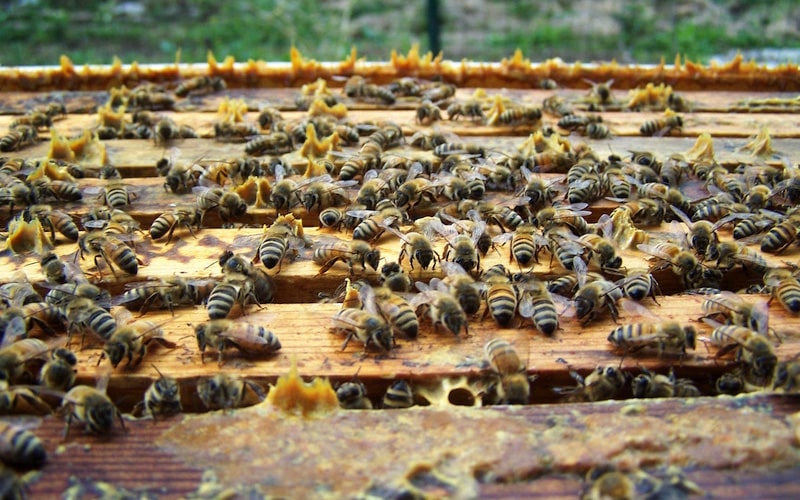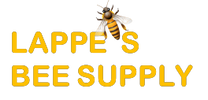

Flexible Propolis Trap Instructions For Use
Propolis is an extremely sticky substance produced by the honey bee, and it is a mixture of beeswax and resin-like material collected from plants, mainly from the buds of poplar and cone-bearing trees. Bees use it much like glue to secure everything in the bee hive, from the frames, inner cover and entrance reducer, to larger items that have gotten into the hive that the bees can't chew up and dispose of themselves, such as small sticks and leaves that get into the hive inadvertently during a beekeeper's hive inspection. Bees also use propolis to close up any holes in the box or gaps between the hive bodies in an effort to seal off and protect the hive from pests and predators.
Beekeepers are able to collect propolis and offer it for sale alongside honey and beeswax. Propolis has gained popularity due to its purported health benefits. It seems to help fight against bacteria, viruses, and fungi, and it can also have anti-inflammatory effects and help skin heal from such things as burns, sores, cold sores, and other issues. Propolis can be sold as a raw product, or it can be cleaned and processed and added to medicines and other health items.
Propolis traps are available in 8 frame and 10 frame sizes to fit bee hives, and they are an inexpensive and easy way to collect propolis directly from the bees! Place the propolis trap directly on top of the bee hive, in place of the inner cover (store the inner cover someplace out of the way until needed again), then cover with the telescoping or migratory lid. Using a small stick or shim, prop open the lid of the hive slightly, to allow a small amount of light into the hive. The bees will fill the spaces in the trap with propolis to try to close off the light. (Don't worry, bees will not be able to pass through the spaces to get to the other side!)The best time to collect propolis is in the late summer, when bees work hard to get the hive ready for winter.
Some colonies of bees tend to produce more propolis than others, so if you have more than 1 hive, it might be more beneficial for you to place the propolis trap on the hive that produces more - you'll know which hive that is! Once the trap is full, remove the trap and replace with another, if you choose to, or remove the shim and replace the inner cover to close up the hive completely. Place the entire trap into a bag and put into the freezer overnight. Propolis loses it's stickiness and becomes brittle when cold. Once frozen, remove from the freezer but leave in the bag. Twist the trap inside of the bag, or hit on a solid surface so that the propolis will break into smaller pieces and fall off into the bag. Using a more sturdy bag is a better idea, thinner bags can puncture and leave a mess all over the floor!


